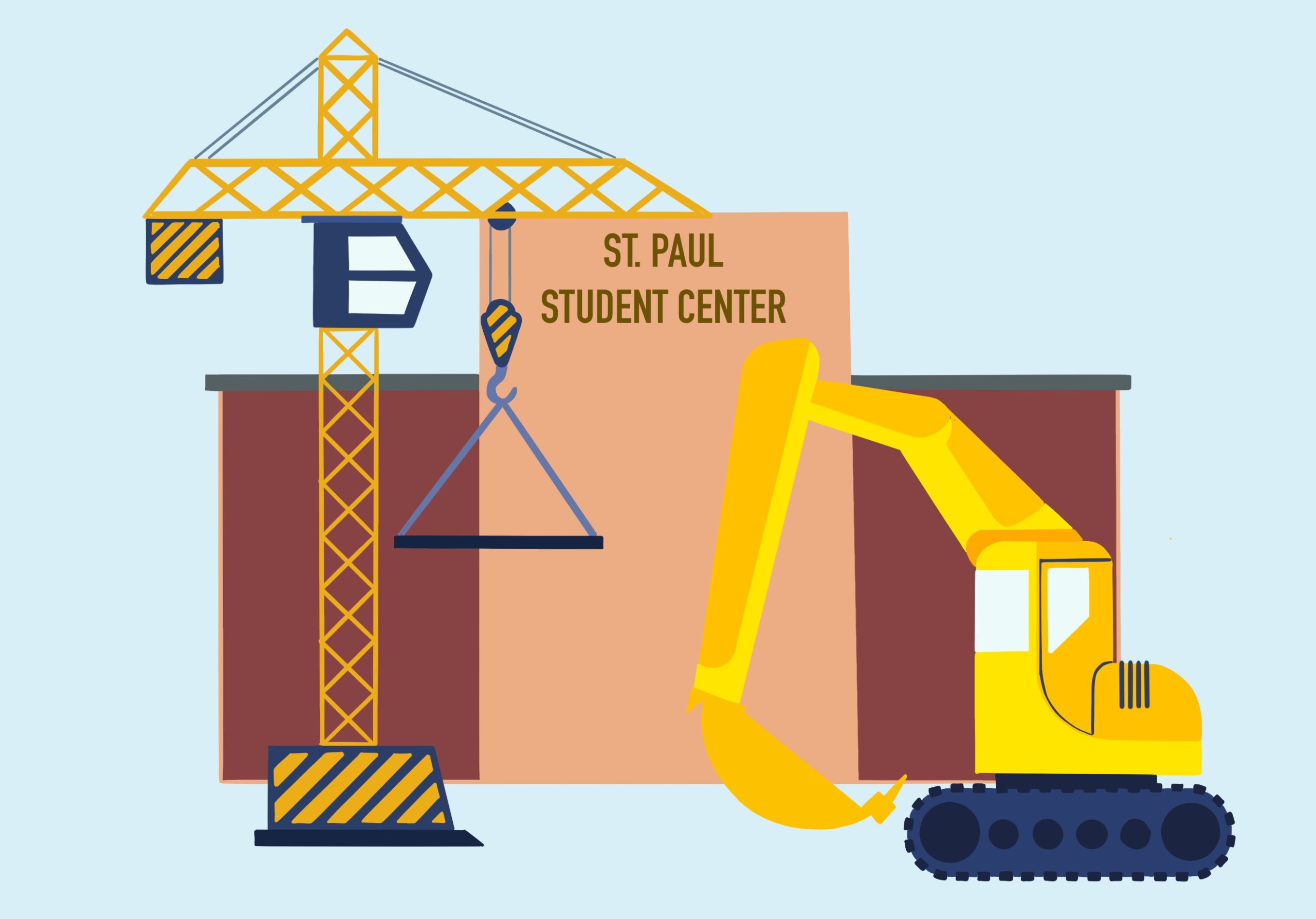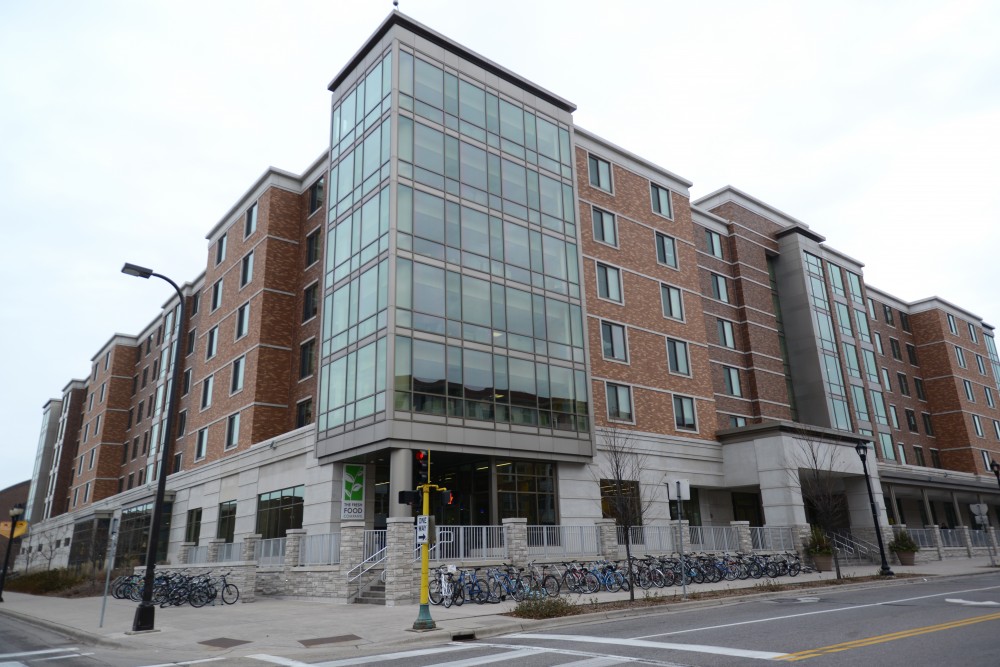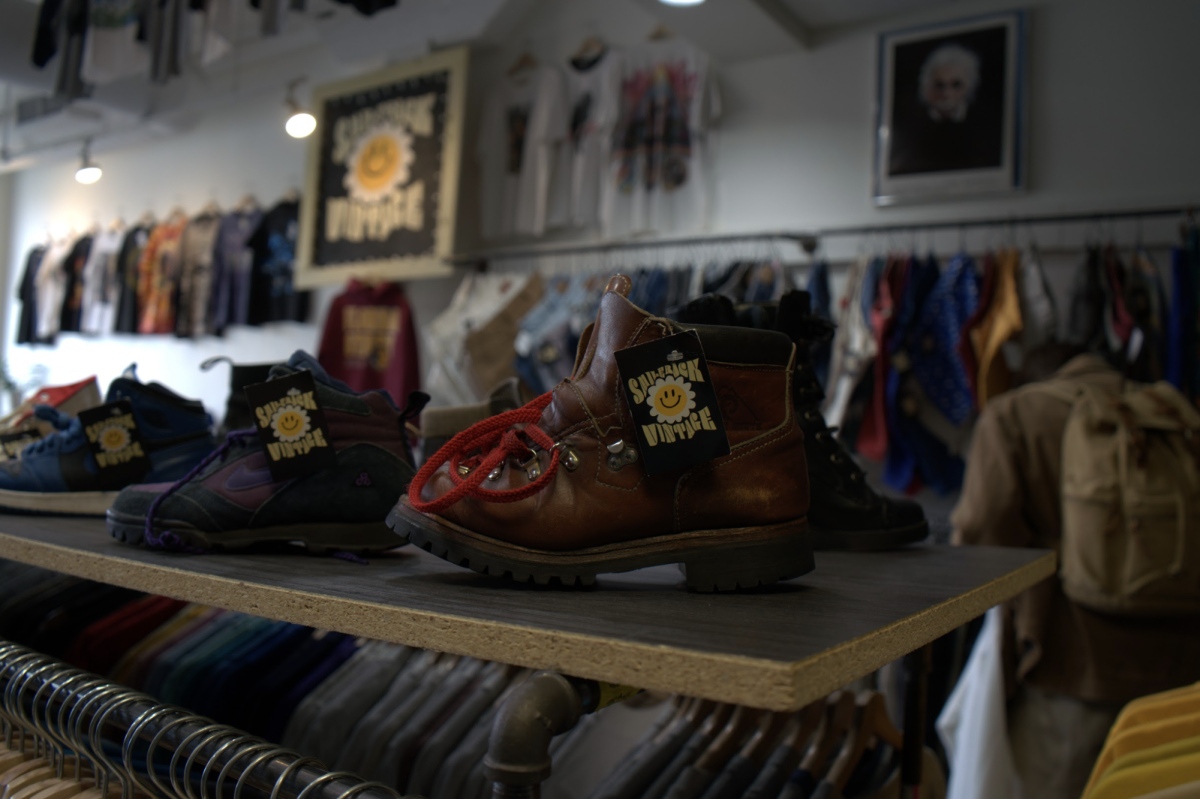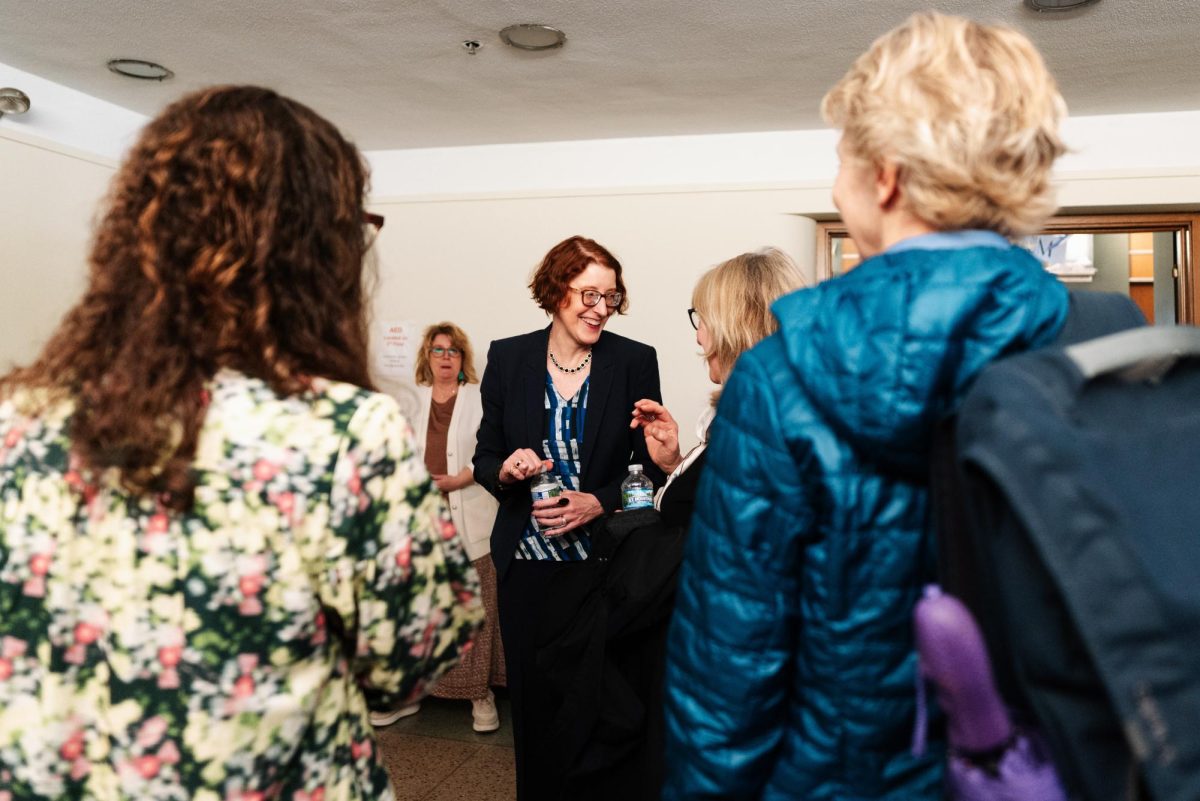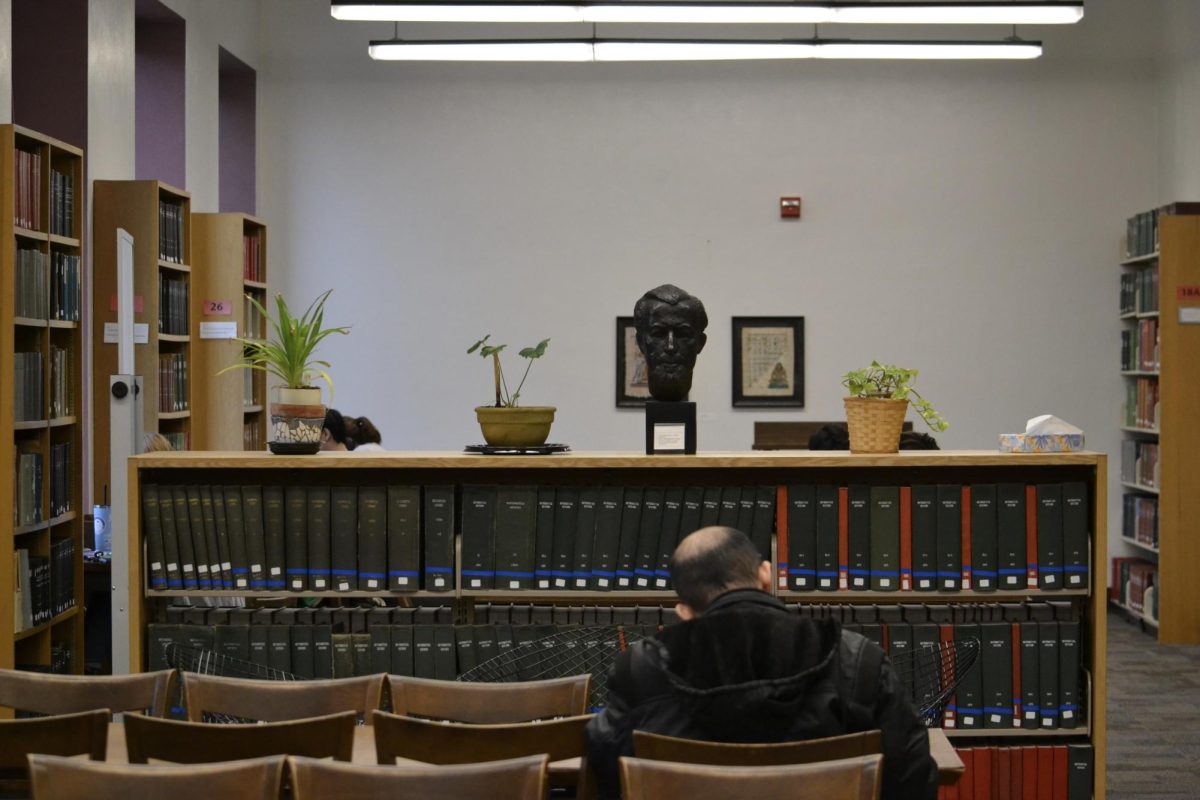Since fungal growth was confirmed at the 17th Avenue Residence Hall Oct. 4, the University of Minnesota’s Department of Environmental Health and Safety (DEHS) has been working to remove mold and inspect other campus residence halls.
Some students living in 17th Avenue have reported getting sick from mold exposure in the dorm. While the University said it is working to prevent fungal growths from returning, students have not received a refund. But accommodations have been made to help students during mold removal.
Madeline Behfar, a first-year student living at 17th Avenue, said she and her roommate have felt sick since moving into the dorm, which she suspects was due to mold exposure. Although Behfar didn’t find any mold in her room, she suspects it may be in her shared bathroom and the study rooms.
Mold removal is ongoing, University says
“They’ve acknowledged it,” Behfar said. “I think they’re trying to stay on top of it, but it seems like it’s a pretty big problem.”
Every room in 17th Avenue will be inspected and vents with mold cleaned out, Jake Ricker, the University’s director of public relations, said in an email to the Minnesota Daily. Mold has been found and removed in approximately 116 rooms as of Thursday.
Rooms are being prioritized for remediation based on earlier inspection results and any known risk factors of individual residents.
First-year University student and 17th Avenue resident Josie Wise said several of her friends discovered thick black mold covering their vents.
However, Wise doesn’t blame the University for the problem.
“I think they’re doing what they can,” Wise said. “They’re sending in people to clean them out. If you submit something saying your room has mold, people have been on my floor like every day the past couple of weeks.”
DEHS also conducted spot checks for fungal growth in other University buildings and residence halls since discovering mold at 17th Avenue.
Built in 2013, 17th Avenue is one of the newest dorms on campus and can house as many as 600 students. Students pay $3,652 per semester for a double room.
In an email statement, Ricker said no students have been refunded, but accommodations have been made to help student residents during the mold removal.
Students still concerned about effects of mold on their health
The mold found in the residence hall is Cladosporium sphaerospermum, one of the three most common types of mold found indoors, according to a health guidance from the University. Common symptoms of exposure include coughing or wheezing, congestion or runny nose, sore throat and itchy or watery eyes.
Mold needs three things to grow: moderate temperature, nutrients such as food, wood or dust particles and most critically, moisture.
Mold grows in vents as the cold air is pushed out and condensation forms, creating the moisture that mold needs to grow. Many vents can also contain those nutrients such as dust or food particles that could easily attract mold.
According to an article from Medical News Today, most types of Cladosporium mold do not cause serious health concerns but can lead to allergies, breathing problems and, in rare cases, infections.
People with untreated mold allergies and prolonged exposure can develop allergic fungal sinusitis, a disease characterized by long-term nasal congestion and recurring sinus headaches.
Many athletes live at 17th Avenue because of its close proximity to several athletic facilities such as the University Recreation and Wellness Center, the Field House, tennis, volleyball and hockey facilities. Some student athletes have felt especially concerned about the effects of mold exposure, as their health impacts their ability to perform in their sport.
“The athletes kind of need to be around here,” Carly Gladieux, a first-year student and resident of 17th Avenue and freshman on the University’s women’s rowing team, said. “It’s kind of impossible for us to get to 6 a.m. practices if we’re going to be moved from here. Where else do we go?”
The baseball team paid for their players to spend two weeks at the Graduate Hotel while their rooms were cleaned. However, other athletes had to make their own accommodations to avoid mold exposure. Some dance members and cheerleaders moved temporarily into friends’ apartments, Gladieux said.
Gladieux said the women’s basketball team temporarily moved into Radius, an off-campus University-operated apartment and found mold present in the vents there as well.
According to Ricker, the University removed the mold growth at Radius and believes it is an isolated incident.
Students with concerns or those who have identified fungal growth in any location inside a residence hall should submit a Fix It ticket to have the problem addressed as soon as possible.
If you experience symptoms of mold exposure, the University health guidance recommends contacting Boynton Health’s Nurse Line at 612-625-7900.








